VIDEO & PHOTO GALLERY The 1919 Junkers F13 replica built by German luggage company Rimowa had its official first flight yesterday, Thursday 15 September. It took place at Dübendorf, Switzerland, which used to be Zurich’s primary airport.
The Junkers F13 was the world’s first all-metal commercial aircraft. The replica, named ‘Annelise 2’ after one of the first Junkers, lifted off after 200 metres. Its engine delivers 450hp and the F13 has a cruise speed of 95 knots (176km/h).
The aircraft was flown by test pilot Oliver Bachmann, with Rimowa president and CEO Dieter Morszeck, a private pilot for 34 years. Morszeck said, “This is a dream come true for me. The Junkers F13 is back in the air and I was fortunate enough to experience its official first flight as a member of the crew! What more could I ask for?”
https://youtu.be/8uyusX5aLa8
It took Rimowa seven years to research, plan and and get approvals, then build the F13 replica. The original was commissioned by German entrepreneur, engineer and visionary Hugo Junkers in 1919. The first cantilever all-metal aircraft made of duralumin was manufactured at the Junkers plants in Dessau until 1933.
Cologne-based businessman Dieter Morszeck, whose father developed suitcases using the same material more than 60 years ago, felt a sense of affiliation with Hugo Junkers’ project and therefore sponsored the construction of the first airworthy F13 replica.
“Hugo Junkers was the first person to use duralumin in aircraft construction. Around the world, grooved sheet metal became the hallmark of Junkers aircraft and Rimowa suitcases,” said Morszeck. “This is why I followed and supported the construction of an airworthy Junkers F13. I wanted to give back the world an important cultural asset – not in a museum, but where it belongs: in the skies.”
The team working on the repliuca included Kälin Aero Technologies, MSW Aviation, Naef Flugmotoren AG, AeroFEM GmbH and JU-AIR. A Junkers JL6 at the Museum of Air and Space at Le Bourget in Paris proved to be especially helpful. It was measured using lasers and the data was then fed into state-of-the-art 3D construction software.
It took 12,000 hours to construct the Junkers F13. The low-wing plane, with an open two-man cockpit, comprises 2,600 parts held together by more than 35,000 rivets. 60 kilogrammes of paint were used for the finish. The historical replica is powered by a Pratt & Whitney Wasp Junior R985 9-cylinder radial engine with 450hp. The interior is luxuriously finished with fine leather.
LINK Rimowa Junkers F13


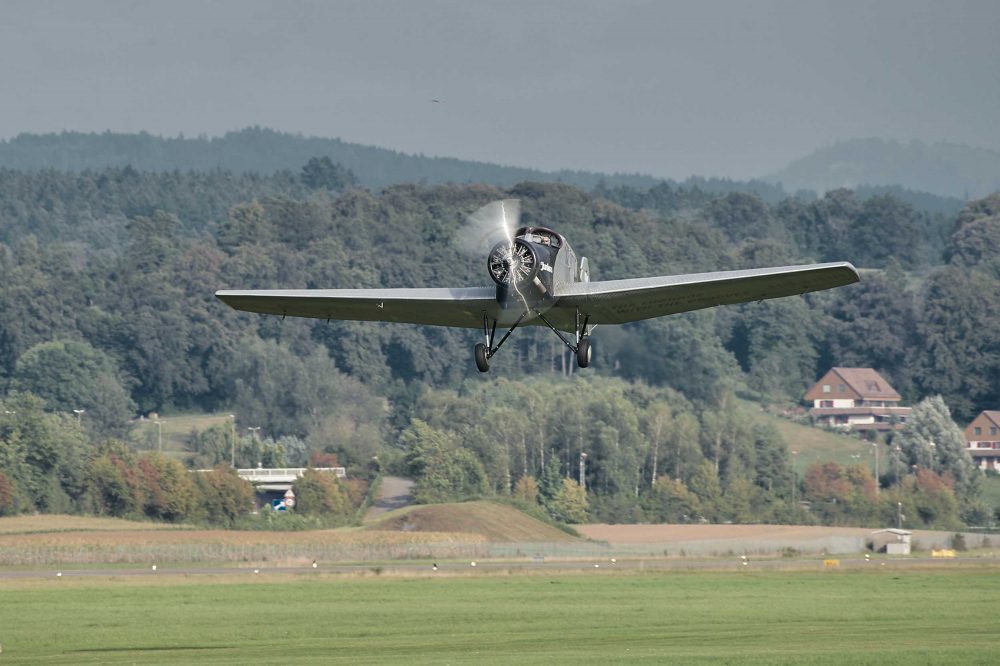
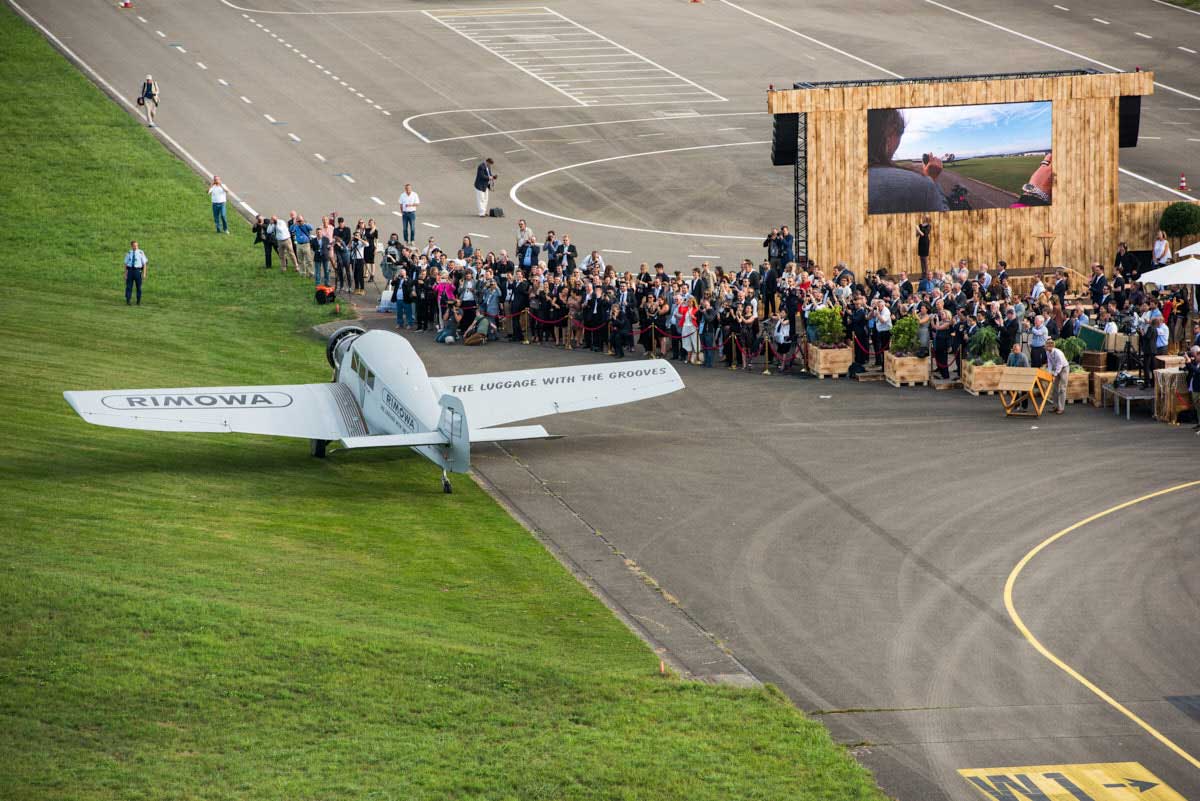

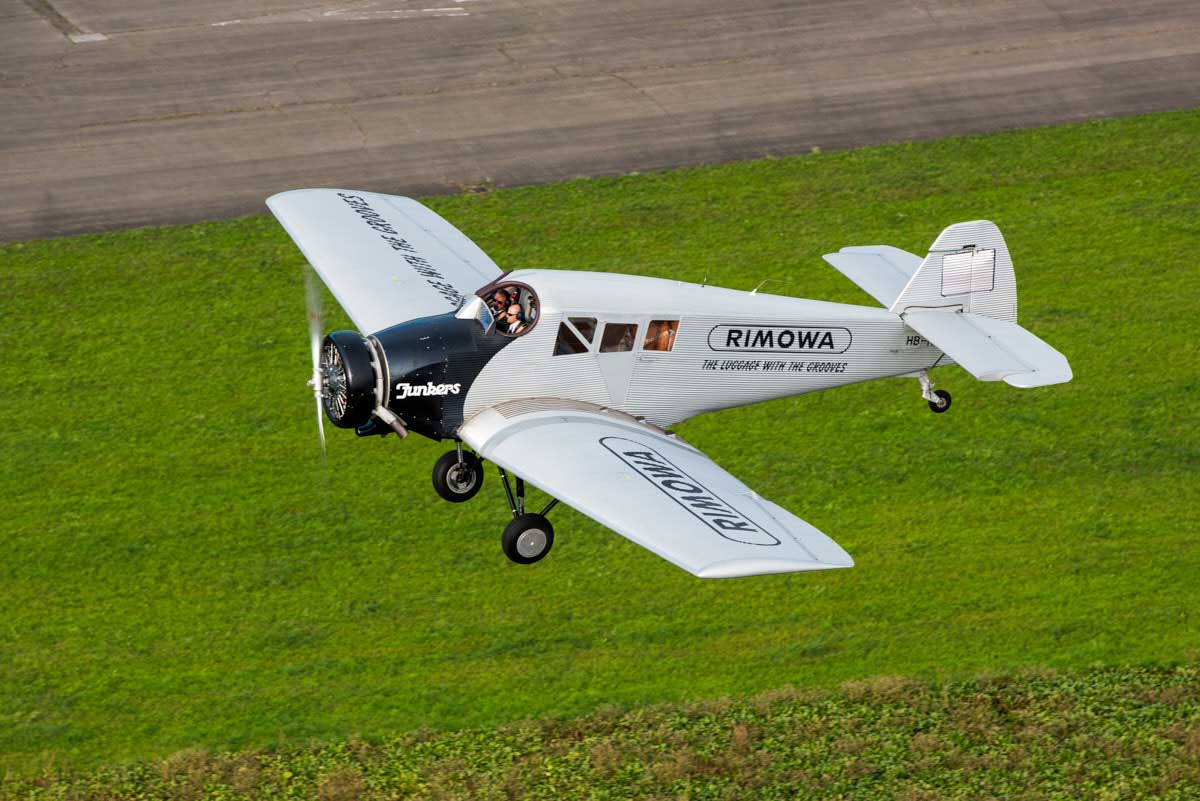
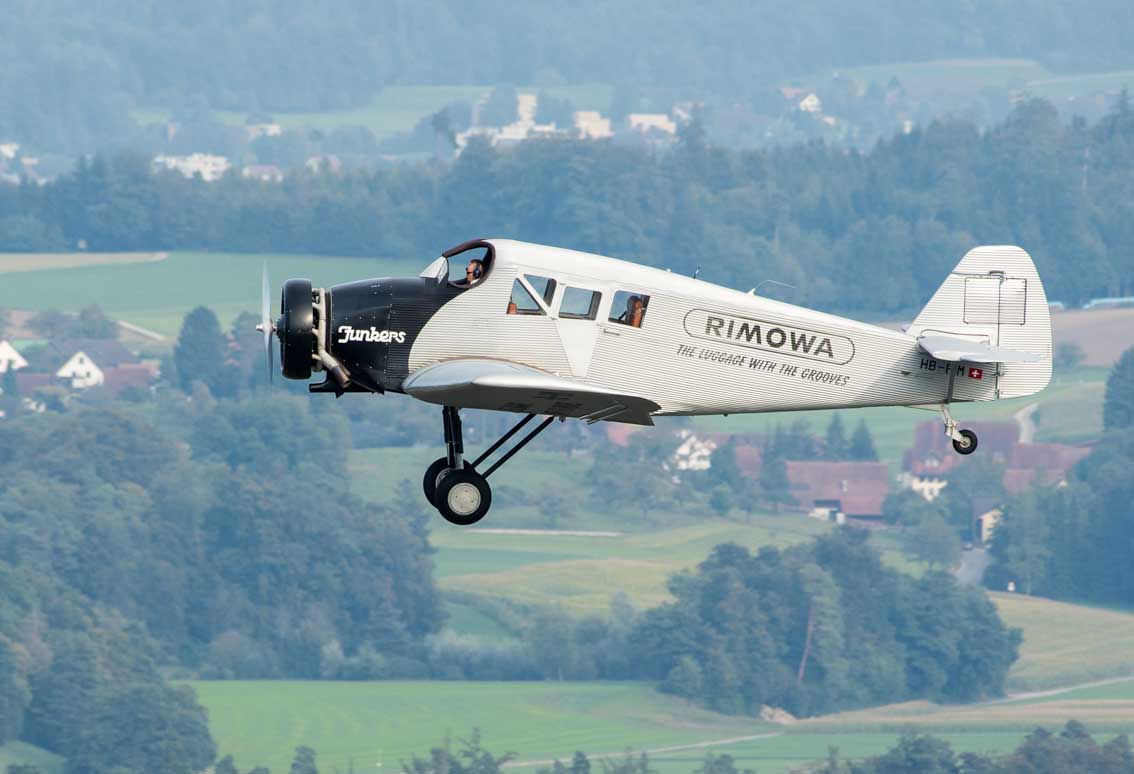
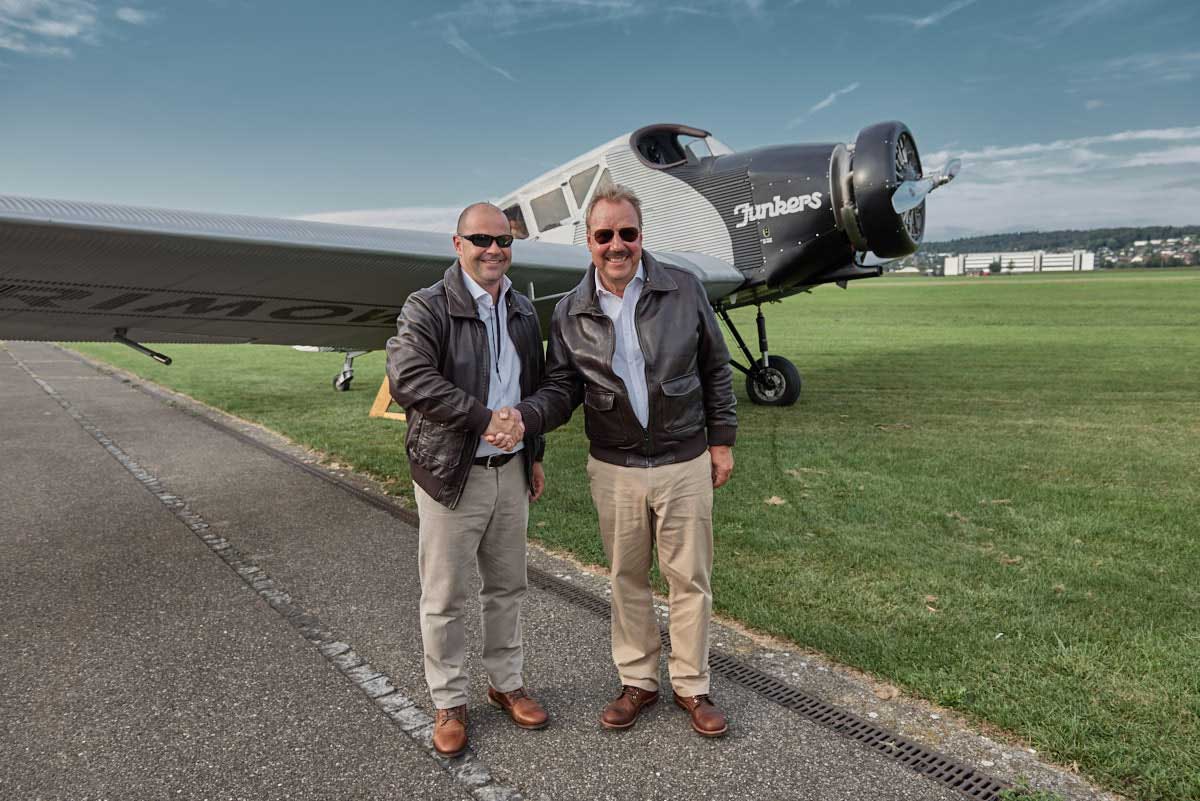

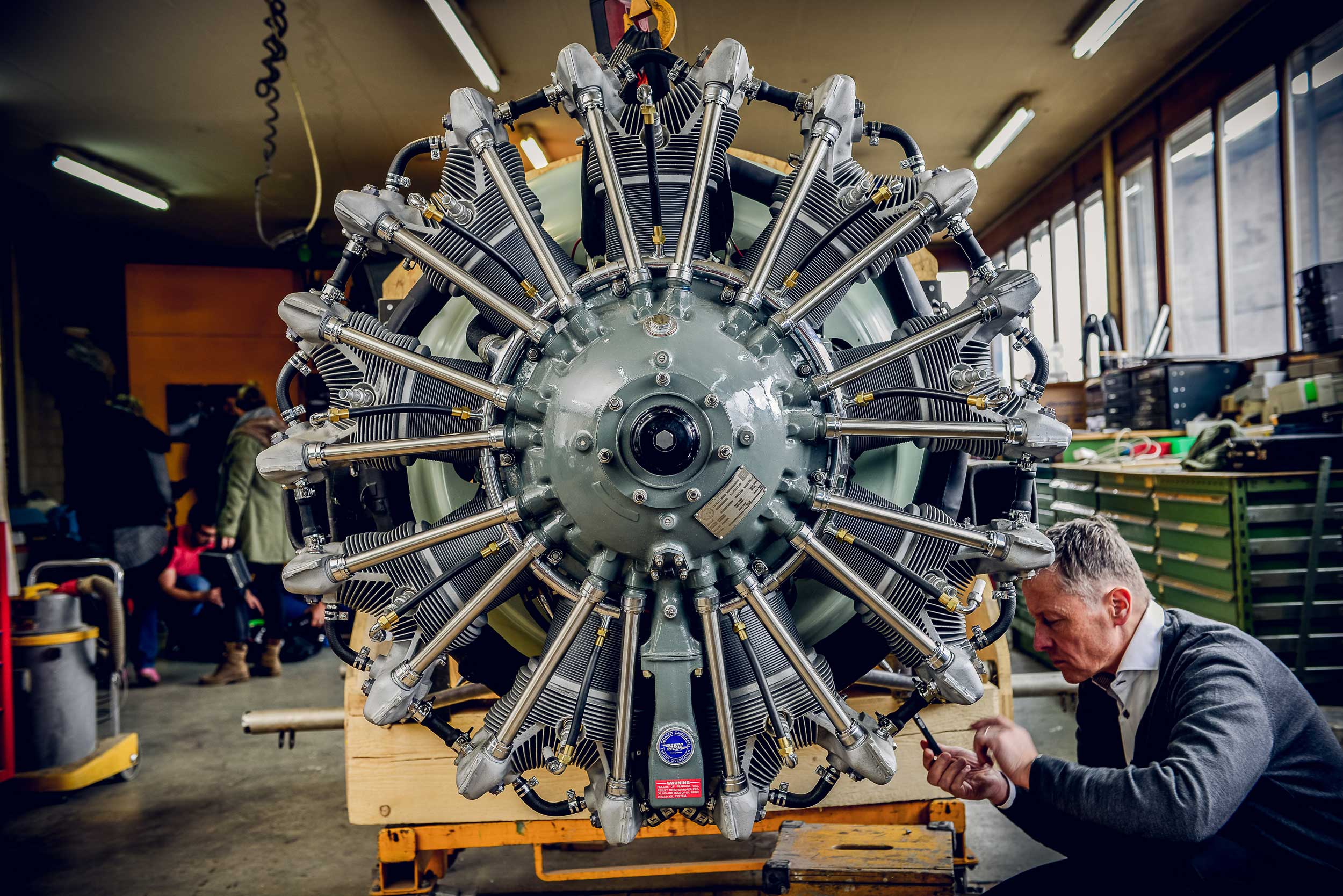
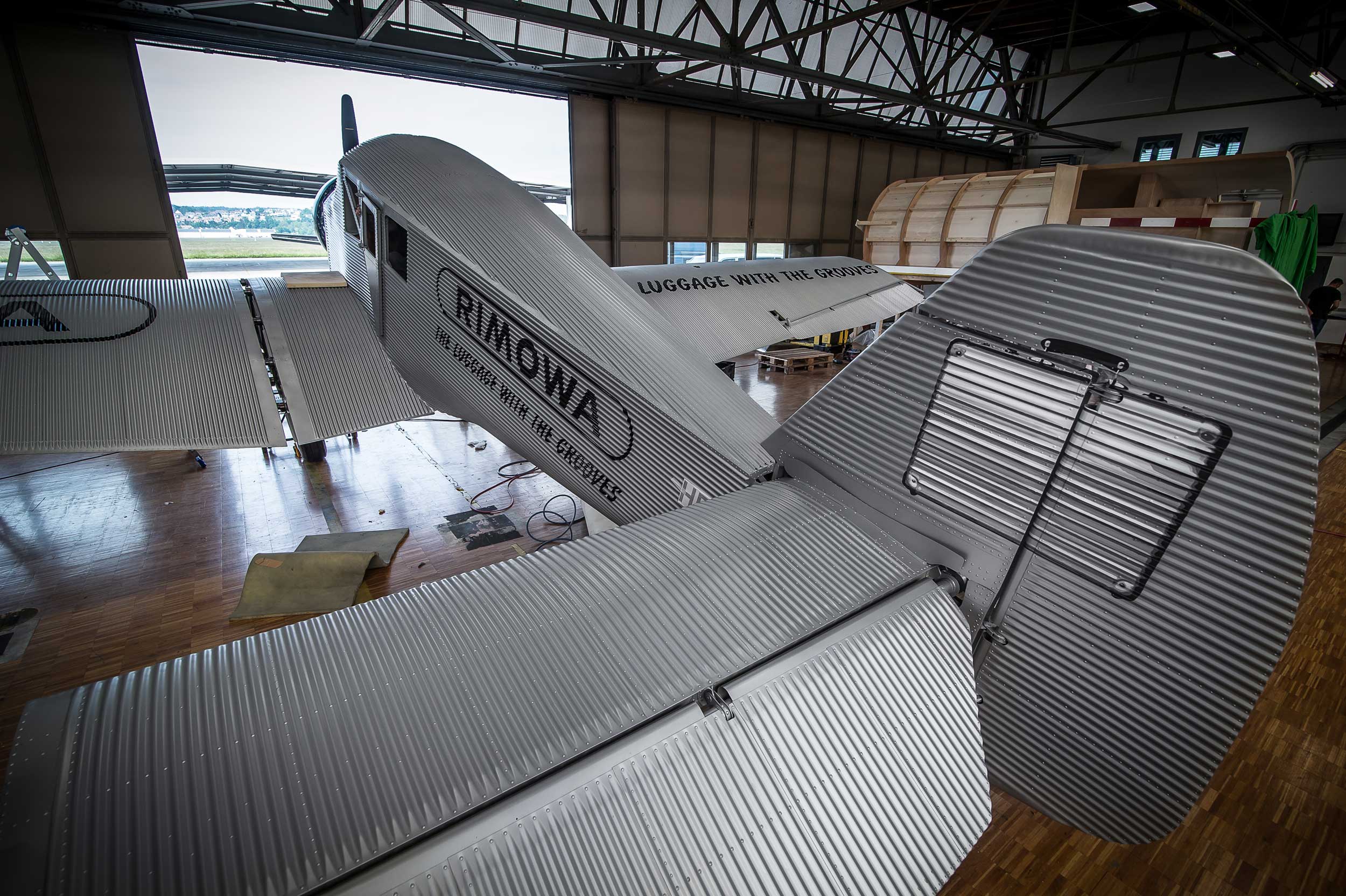









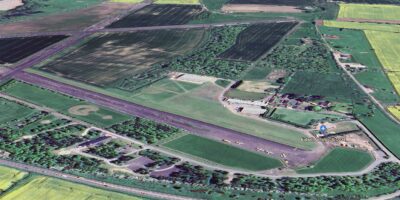
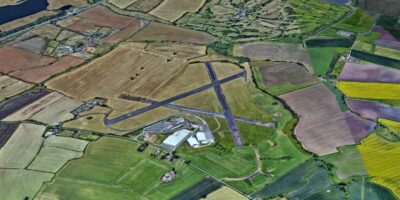

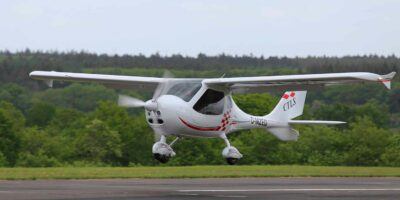
1 comment
There are at least two legend pilots who are not only still living witnesses of two Junkers F13 which flew in Brazil in the 1930s and 1940s, but they were also pilots in command of these two F13 and other legend aircraft of that time and later. We think they are the only ones still alive in the world who have not only seen but also flown the Junkers F13 at that time!
These two pilots are now well in their young 90s, and a long time retired, of course. But they still are in excellent mental shape, although with some physical difficulty: one unable to stand still (using a wheelchair), who dedicated his time mainly in the Pilot Education and Training Department and other administrative roles from the 1950s on. And the other with some hearing loss, he’s now a retired B747 Captain.
They, along with other pilots, including Harald Stunde, Franz Xavier Greiss and Karl Ruhl, made their invaluable contribution to build up Varig, a Brazilian airliner founded in 1927 by the German Otto Ernst Meyer Labastille. He was born in Neider-Marschhacht (Hanover province) in 1897, and was an aviator from Royal Prussian Aviation. Varig first aircraft was a German seaplane Dornier Wal (tail number D1012, transferred from Condor Syndikat – Lufthansa later on). Later, Varig added the following to its fleet: 1 Dornier Merkur, 2 Klemm L-25, 2 Junkers F13, 2 Junkers A50, 1 Junkers JU52/3, 1 Messerschmitt BF108, 1 Messerschmitt M20 and so on… This was all prior to WW II. Unfortunately all these German aircraft were scrapped after WW II and, as a curiosity, converted into frying pans (Aluminum), no left overs…
You can read and see much more detail about Varig history and legendary pictures of these planes in this link: http://www.varig-airlines.com/en/20.htm.
The testimonials of these two pilots who flew the original Junkers F13 in the 1940s could really add and contribute to the history and revival of this Junkers F13 project. It will for sure be something for the records of the history of aviation and Junkers F13 in the world, especially for Germany and Brazil!